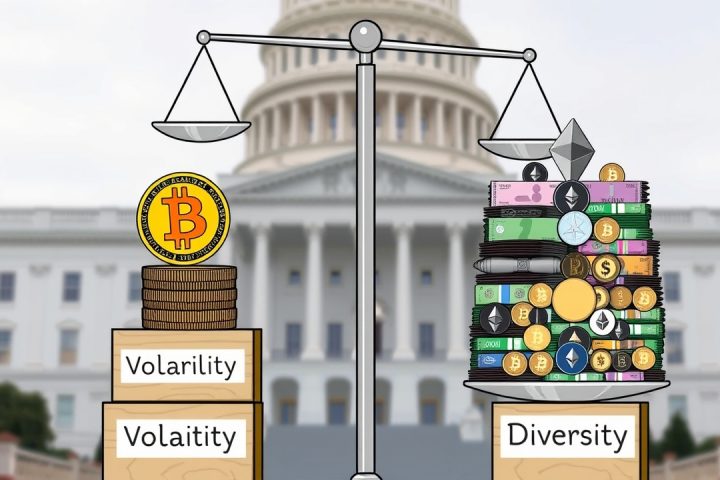Introduction
In a significant development for the US financial system, the passage of the GENIUS Act, recently signed into law by President Trump, is poised to inject trillions into the US Treasury market, as stated by Treasury Deputy Secretary Michael Faulkender.
Regulatory Structure for Stablecoins
This groundbreaking legislation creates a regulatory structure for stablecoins—digital currencies that are tied to the US dollar—mandating that each token must be fully collateralized with highly liquid assets like cash or short-term US Treasury securities.
Implications for US Debt Instruments
Faulkender elaborated in a recent interview with Bloomberg on the implications of this legal framework, emphasizing the expected surge in interest for US debt instruments.
He noted that the establishment of clear regulations governing digital assets instills significant confidence not just in American consumers, but also with international trading partners. This increased trust facilitates smoother transactions, where parties can invoice and receive payments in stablecoins, backed primarily by Treasury bills.
Transaction Efficiency and Adoption
He highlighted the rapid transaction times offered by stablecoins, which can settle within seconds compared to traditional banking methods that may take a day or two—shedding light on the potential for a revolution in international payment processes.
Faulkender pointed out that enhanced security, privacy, and reduced costs of transactions will likely lead to a widespread adoption of stablecoins in trade, further driving demand for associated securities like Treasury bonds. He anticipates that this could result in additional demand in the range of trillions, fundamentally transforming the landscape of international finance.




